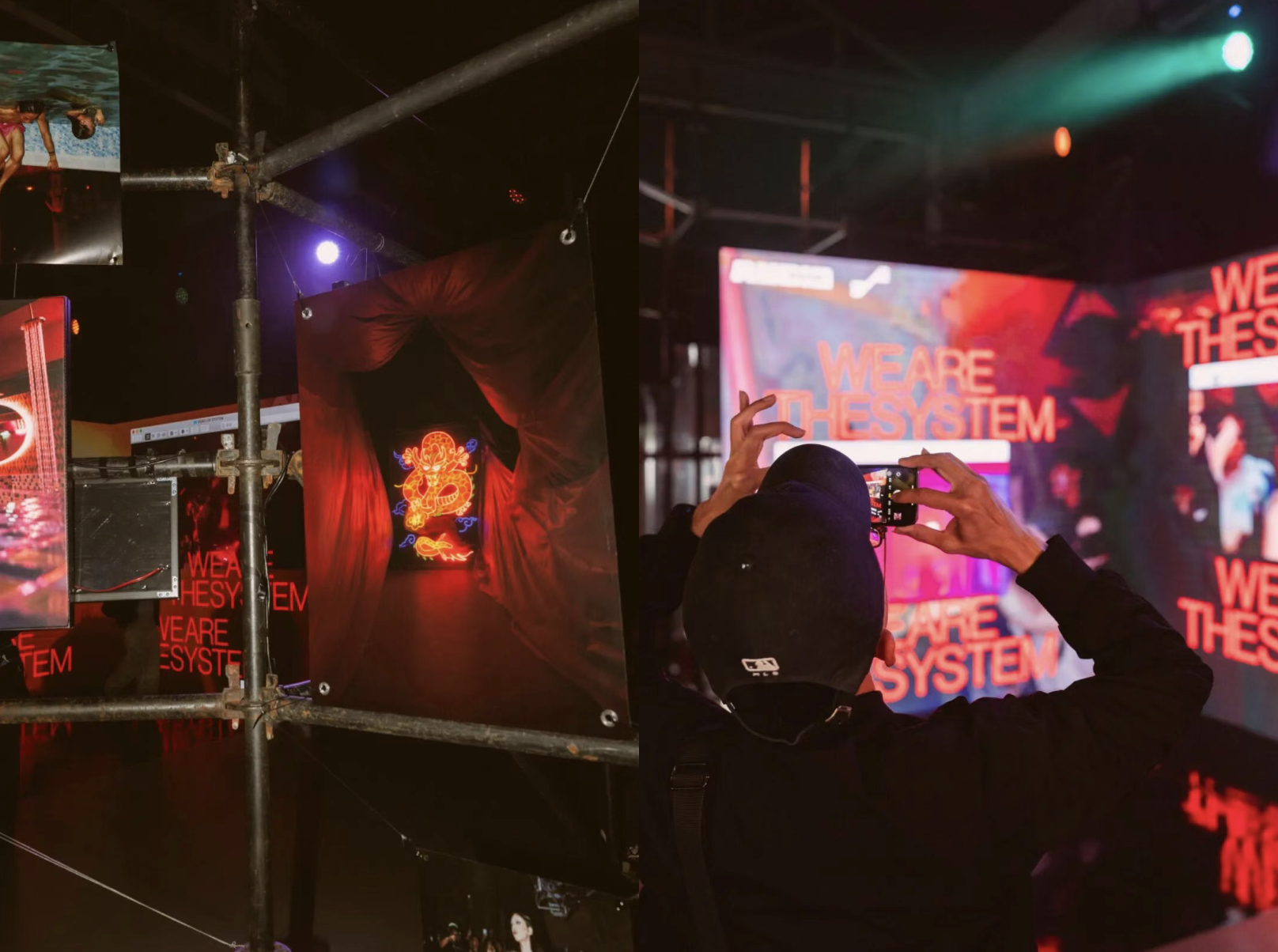The other night I went to Tencent Video to see what new Hollywood films they’d released, seeking a unique cultural experience, and I found just that: The Emoji Movie.
In case you’re not quite the cineaste I happen to be, some background: The Emoji Movie is a 2017 animated feature produced by Sony, starring T.J. Miller (aka Silicon Valley’s Erlich Bachman) as a “Meh Emoji” who travels through the apps of his owner’s phone trying to fix a glitch in his program. It was an epic box office flop, and currently ranks a 2.9/10 on IMDb and a 9% on Rotten Tomatoes. Representative critical reviews come with titles like “Do not see The Emoji Movie” (Vox) and “The Emoji Movie is a shameless, witless piece of poop” (SCMP).
Over on Douban — a Chinese site with a film branch similar to IMDb — The Emoji Movie has fared a bit better, rocking a 5.2/10 rating, with most votes falling squarely in the middle-of-the-road 3 stars range:

The film’s Douban page lists a 2018 Mainland China release, of which I could find no further evidence online. Presumably most of the people rating The Emoji Movie on Douban saw it on a Chinese streaming site like Tencent Video, and after completing this feat myself, I think I know why.
The Emoji Movie makes way more sense in China, for four reasons:
1. It’s totally localized

Before I realized what was going on, I was very confused to see many real Chinese apps represented in the fictional world of The Emoji Movie. Most of China’s tech biggies are there: Baidu (Baidu Pan, the search giant’s cloud storage app), Tencent (WeChat and Tencent Video), Sina (Weibo), Alibaba (Tmall).
Even some less titanic apps, like selfie-editor Meitu, get a visual shoutout. In one of the many terrible reviews of this film to come out in the US, a critic notes that the only Chinese app to make the cut across the Pacific is WeChat, “the megapopular Chinese app that nobody uses in the United States” (not true).
In fact, a common thread running through critical hatred of The Emoji Movie was the film’s egregious use of product placement — Twitter, Facebook, Instagram and other favorites are featured prominently in the plot of the US cut. They’re all gone in the Chinese version of the film, however — Facebook, Twitter and YouTube (which are all blocked in China, incidentally) are replaced with their Chinese equivalents, a major edit that filters down to the level of the film’s dialogue (“We have to escape to Baidu Netdisk Cloud” is said at one point).
Whenever a new Chinese app made a cameo in the film, the real-time bullet commentary scrolling across the top of the screen would explode with excitement and recognition, which brings me to the next point:
2. It’s perfect for bullet commentary

Watching this film on Chinese streaming sites, you get something that anyone watching in US theaters does not: real-time streaming commentary from other people watching the film at the same time. (If you’re not familiar with the culture of bullet commentary, check out this recent explainer by Magpie Digest.)
The Emoji Movie presents viewers with a perfect storm of bullet-comment-ready source material. Not only excitement at inclusion of Chinese apps, but simple, almost Pavlovian responses to people’s favorite emojis. While the film admittedly lacks narrative heft, watching other people watch it and react adds a crucial second layer of entertainment.
3. Smartphone penetration = smartphone culture

Ultimately, I think the difference in reception to The Emoji Movie in China vs the US comes down to how smartphones fit into the culture of each place.
In the West, especially in the wake of recent political events, it’s become a running joke to harshly criticize our most-used social media platforms, on those very platforms. While a statistically insignificant number of people are going to actually quit Facebook or Twitter, they at least want to signal some kind of discontent with how they’re hijacking our political system/rewiring our brains/etc, so they do that by adopting a cautiously anti-social media stance.
I think this explains the depth of disgust most Western reviewers projected onto The Emoji Movie. In China, by contrast, engagement with smartphones and the many apps within is a positive thing, not a guilty habit or source of cognitive dissonance. One need look no further than the mania surrounding Singles’ Day (or the attendant Jack Ma idol worship) to grasp that your average Chinese youth’s relationship to an internet giant is more “Buying stuff is fun” than “I feel a social responsibility to point out that Amazon is creating an unhealthy monopoly across all logistics chains but I still want my socks a day early so I’ll just post this thought to Facebook and leave it there.”
Regardless of which social posture you think is better, I believe this cultural divide explains those 20 extra percentage points on The Emoji Movie’s Douban rating. And the experience of watching this 90-minute children’s comedy on Tencent Video is undoubtedly more fun and socially engaging than it would have been in US theaters.
4. You can play it at double speed

Yeah… Tencent Video allows advanced playback options. 1.25, 1.5 or 2x speed if you really just want to pound this thing.
So there you have it! The Emoji Movie — highly recommended. Watch it on Tencent Video.
















